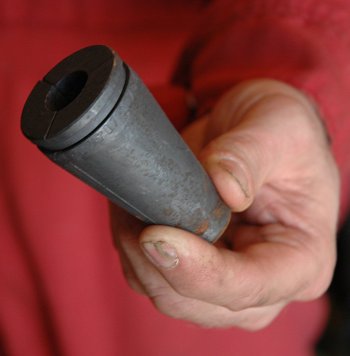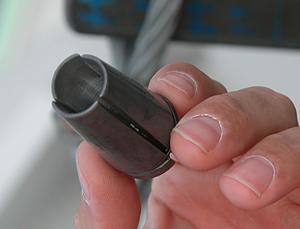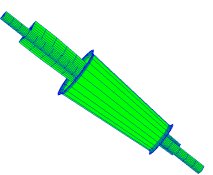Unbuilding the Grace and Pearman Bridges
For Sparky and myself, curiosity drives passion which in turn fuels our life's engine. Our passion was capturing the story of both unbuilding the Grace (1929 - 2007) and Pearman (1966 - 2007) Bridges and discovering the unbuilders. It takes a lot of passion to track a project from July 2005 until April 2007 - rain, shine, hurricanes or moving to Singapore. We discovered the joy of discovery learning. Ken Canty opened the front door for us - then Steve Testa, Ponch Billingsley and Mickey Rogers opened many side doors. Below are the highlights of what we discovered, who we met and what we learned.
And a reminder from T.S. Eliot (East Coker from the Four Quartets)
Home is where one starts from. As we grow older The world becomes stranger, the pattern more complicated Of dead and living. Not the intense moment Isolated, with no before and after, But a lifetime burning in every moment And not the lifetime of one man only But of old stones that cannot be deciphered.

Lowering the Pearman main span over the Cooper River
Sparky and I started at 6:30 this morning and I returned home about 6pm. What a day - success all the way around. The story is slowly coming together, but here is how it started. A perfect start of what was supposed to be rain.
- Learning Links
- WA School of Mines, Kalgoorlie, Western Australia: Cable Bolt Anchors
- Cable fatigue Testing
- Video from spliced images
- Mammoet, Cashman and Testa Lowering the Mainspan (31 Mb mpg - be patient)

Sparky and I hitched a ride with Susan and Manny

The worksite from Drum Island.

The worksite showing both the Pearman (foreground) and Grace (background) main spans

In parallel with what I was watching on the Mt Pleasant side was another team working on the Charleston side

To lower the main span, first it must be disconnected from the east and west cantilever sections. The main span is coupled to each cantilever section at the splice plat at the top and at the bottom. To the upper and lower girders must be cut - as well as the vertical beam coupling the upper and lower pins. The orange marks identify the locations of the cuts

Part of the ironworker team - Chris, Derek Jost from Mammoet (pronounced Mamoot), Speedy, Mike and Charles

Derek (Mammoet), Stan, Manny, Speedy and Nugget. Stan, Speedy and Nugget are famous for their Pearman acrobatics when harvesting concrete and steel girders

Lewis (in the foreground) worked on the Ravenel Bridge and I caught him several times with Philip working around their crane: Last Dinasour Standing. In the background is Richard Smoak (left) and Chris Barrett (right)
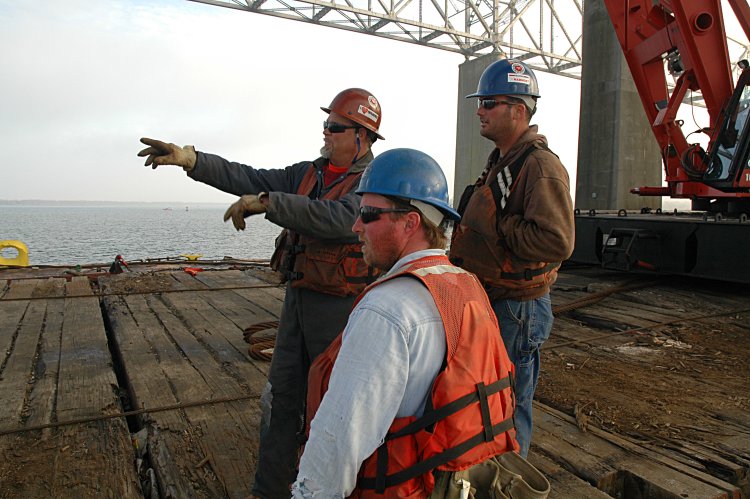
Making final cuts at the base.

progress with the base cuts

Cutting the top box girder

about 1/4 complete

about 3/4 complete

Manny, our friendly crane operator and Robbie

After the cutting was complete, the barges were repositioned and the Cape May placed under the Pearman main span. Large vertical pipes called spuds are used to hold the barges in position. Here Speedy and Chris were positioning the cable so that Manny could lift the spud.

At the other end, Scotty was working with the back spud

Frank and Charles after the barges had been repositioned.

Looking west at the jack setup

Looking at the east setup

and looking down

While cousin Arthur is looking on

The east (left) and west (right) jacks
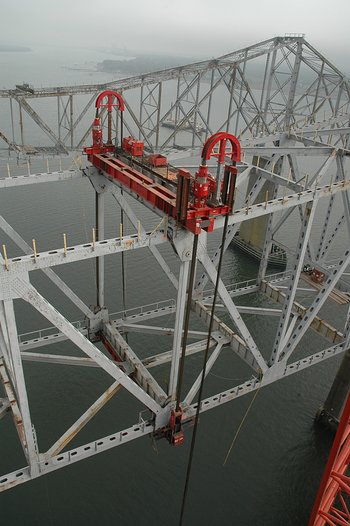

The Cape May is the receiving barge directly under the Pearman main span

The west assembly just after the start of lowering

The just completed cut
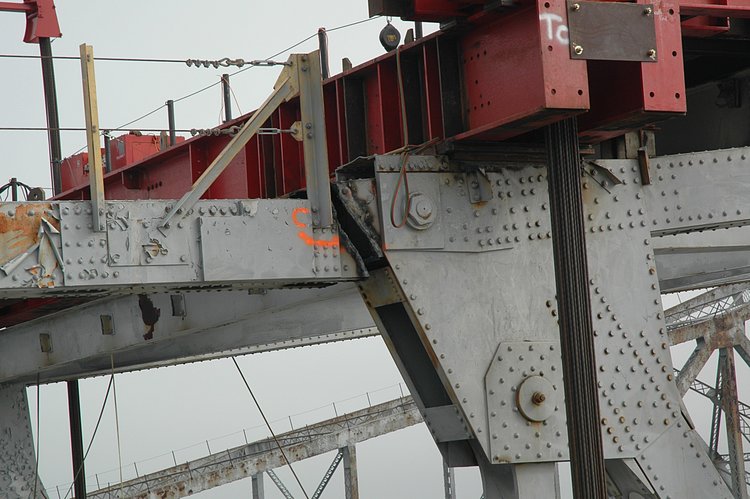
At the roadway level - the gap between the beams that tie the pins together

The Cape May

Inside this innocent cargo box is the computer and pilot

for controlling the hydraulic jack

The display shows the position of the jack for each of the four assemblies.

|
|
|
|
|
|

A baffle was stubborn

but easily resolved

Then continued lowering

lower

lower

lower

and down

A view of the downed main span from the west

Joe Duffy assessing the downed main span

The cable coupling is detached from the south side

and the north side

Scott and Abdi talking while Mike looks at both coupling units

Here a diver is retrieving the stubborn baffle

Ah ha - bubbles mark the spot

The diver emerges

the rope is attached to the crane

and up up and away

Scott detaching the retrieval rope from the crane

and the stubborn baffle

Sparky - who has become an essential part of telling the unbuilding stories - with Speedy (left) and Scotty (middle) and their unseen iron worker colleagues who have brough a lot of new life to us and are essential players of telling these stories

Bud Skidmore from SC-ETV has also been a wonderful story-telling companion. Here was his vantage point from the Ravenel Bridge

Sparky is a very young man and has greater endurance than I do, Here is his bird's eye view of shipping the Pearman main span up the river

Initial separation from the worksite barge complex

Moving away

and going home to the Navy Yard

with pleasant company

Meanwhile, I'm beat - and Cynthia gives me a ride back to the Sea Breeze

a look at the after - bathed in the late afternoon sun

Cynthia and cousin Arthur

A view of the Ravenel Bridge without the Pearman main span

and Jim Grier's group is still at it with the Drum Island cleanup. To the right of the Grace pier is what remains of Tenacity of purpose, the stubborn 3-layer rebar Pearman pier (D3)


This work is licensed under a Creative Commons License.
C. Frank Starmer
